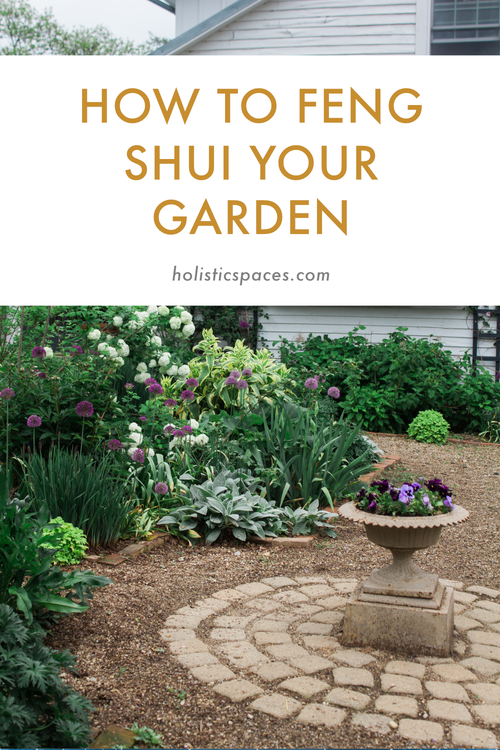Photo by Daniel Öberg on Unsplash
Have you ever wondered how to use feng shui in your small space? Even if you live in a tiny studio apartment, there are still ways that you can apply feng shui principles.
If you do live in a small home, I invite you to consider the metaphor of a plant. I used to live in a really small home, and I got a plant at the time that only had two very small leaves. Now, that plant has grown into a much bigger plant, and I’ve also taken many cuttings from it that have rooted and become bigger plants as well.
In feng shui, plants represent the wood element, which is about growth and generosity. Instead of thinking about how small your space is and coming from a place of lack, think about what you can cultivate in the space you do have. In life we have the opportunity to grow and cultivate and receive the gifts that the universe has for us. Then, you can also create many gifts to share with other people.
One way you can apply this concept in a small space is to actually find a tiny plant and bring it into your home. Learn how to take care of this tiny plant, and watch it grow. Once it gets bigger you can be generous, and create cuttings to give to other people.
You can also find a friend who you believe really exemplifies generosity, prosperity, abundance, and authentic kindness, and tell them that you admire and appreciate these qualities in them. If they have houseplants or a garden, you can also ask if they would be willing to give you a cutting of a plant. This cutting that you receive from your friend can be the tiny plant that you learn to cultivate in your home, and then share generously. In feng shui, we talk about the concept of qi, which is life force energy. When you receive a cutting from someone who genuinely embodies the qualities that you aspire to, that energy will also be in the cutting, and you can start to cultivate those qualities in your own life.
Make sure you start with a plant that you have the ability to accommodate in the space that you have. This goes for everyone, even if your space isn’t small. It’s important to do your research and make sure that the plants you bring into your space will be able to thrive in your home’s conditions. Then, take the time to learn how to take care of this other living thing, and see how you can start to cultivate your generosity, your qi, and the qualities that you admire in your friend, in your own way.
by Anjie Cho
If you’d like to learn more about feng shui, check out Mindful Design Feng Shui School at: www.mindfuldesignschool.com







